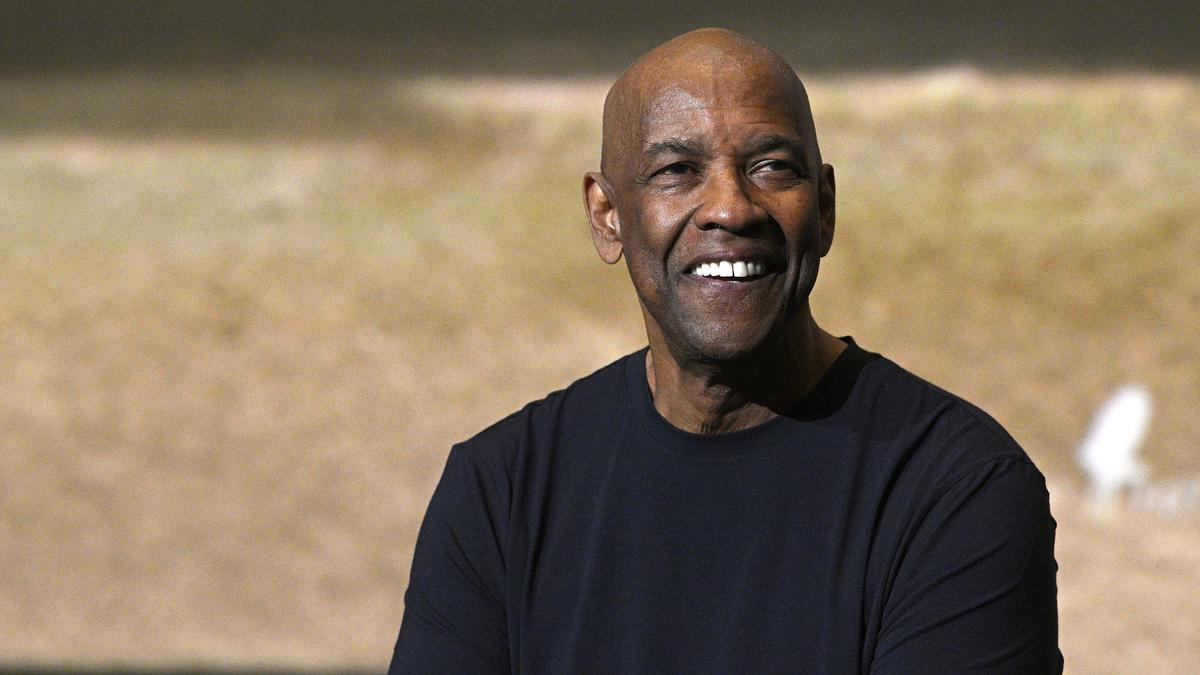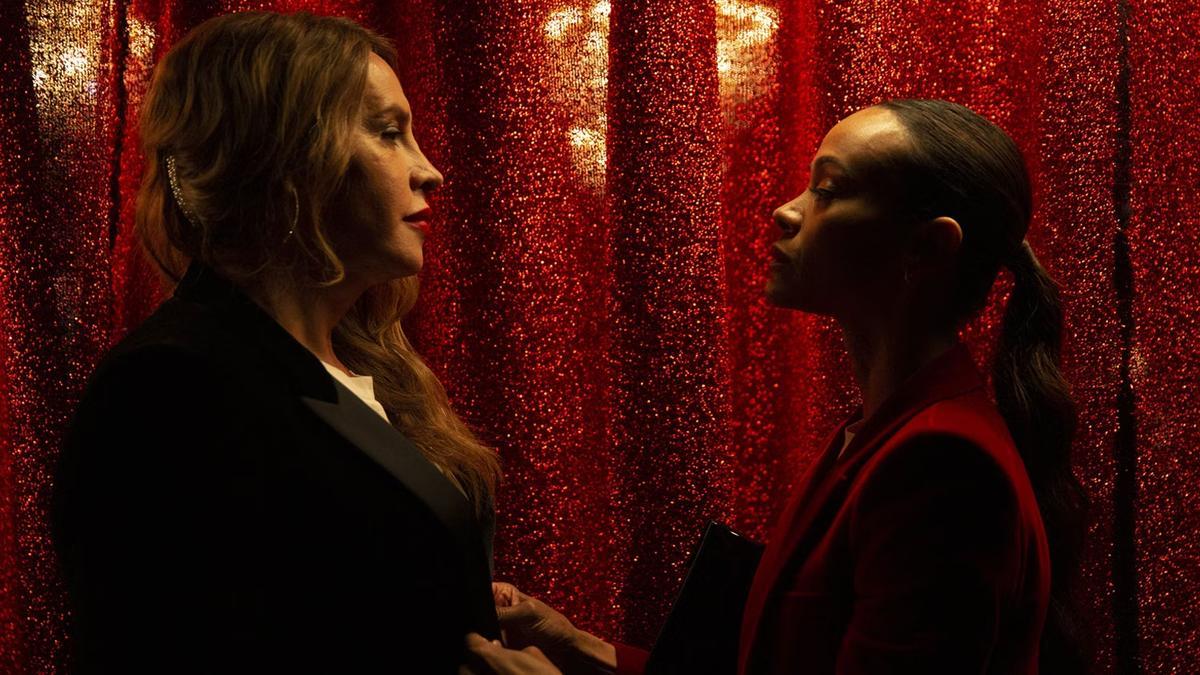
After languishing in a near-dormant state for years, Punjabi cinema witnessed a resurgence with the captivating performance of Suvinder Vicky in the film “Kohrra.” Portraying the character of sub inspector Balwinder Singh, Vicky’s somber expression bore the telltale signs of a community’s tumultuous history, a past shrouded by a veil of joviality and inflated masculinity.
This remarkable turnaround in Punjabi cinema can be traced back to the pioneering work of Gurvinder Singh, whose arthouse masterpieces “Anhey Ghorey Da Daan” (2011), “Chauthi Koot” (2015), and “Adh Chanani Raat” (2022) carved a niche for Punjabi films on the global cinematic stage. The gradual evolution of the industry has culminated in the Cinvesture International Film Festival, currently being held in Chandigarh, showcasing an assorted palette of creative expression from worldwide sources.
This event, a first of its kind in the region, casts the spotlight onto Punjabi cinema and stories emerging from the state, shifting the focus from stereotypical narratives centered on Jatt supremacy to more layered themes such as immigration, caste dynamics, patriarchy, drug abuse, and misguided perceptions of manhood. Offering a meditative exploration of honor and a connection to land among Jat Sikhs, “Adh Chanani Raat” graced the festival with its portrayal—akin to a painting coming to life. The gripping storyline in Anmol Sidhu’s “Jaggi” presents a stark commentary on a young boy’s struggle with impotence in a society obsessed with masculinity, deftly unmasking the flaws in a patriarchal system.
Exploring another vital aspect of identity politics is the documentary “I Am Sirat” by Deepa Mehta. The film delves into the intricate life of a transgender person who navigates her world as a woman professionally, yet upholds her role as a son within the confines of her family. In the market segment, discerning audiences encountered Anurag Singh’s “Encounter,” a sequel to his profoundly affected “Punjab 1984” that pushed the celebrated actor Diljit Dosanjh to extend his performing range.
A member of CIFF’s advisory body, Ajitpal Singh, previously captivated attention with “Tabbar” as a precursor to “Kohrra,” advocating for the importance of focused stewardship in disseminating films beyond their creation. He emphasized the struggle independent filmmakers face in securing distribution channels, noting the necessity for influential producers or actors seeking unconventional roles to achieve any level of visibility, including OTT platform releases.
Ajitpal also addressed the issue of audience engagement, proposing filmmakers reflect on their target viewership and the pathways established by legendary directors like Satyajit Ray, who successfully attracted audiences to their realms.
Director Randeep Jha, influenced by Gurvinder Singh’s films and the teachings of Barry John, recounted the three-year developmental journey of “Kohrra,” observing a regional desire for emotional resolution regarding historical events. The shifting perspective within the Hindi film industry towards Punjab marks a notable change since the mixed reactions to “Udta Punjab.” The forthcoming productions—Imtiaz Ali’s adaptation based on folk singer Amar Singh Chamkila and Sriram Raghavan’s project inspired by Jupinderjit Singh’s book about Moosewala—are testament to this evolving gaze.
During the pandemic phase, audiences adjusted to subtitles and developed a preference for narratives articulated in authentic dialects. As Hindi dubs increasingly failed to engage viewers, the demand for content in original languages surged, something Randeep can confirm from personal feedback regarding “Kohrra” viewership.
The cautious Gurvinder Singh, instrumental in CIFF’s design, recognizes his contributions from a World Cinema perspective rather than merely a provincial lens. He discusses the hurdles in financing, distribution, and audience reach for Punjabi films, which are often viewed through piracy or illegal cable networks, especially outside urban centers.
While independent cinema seeks its audience, Gurvinder is developing a web series centered on Bhagat Singh’s trial. The pervasive sentiment that such cinema should be freely accessible remains a challenge when maintaining the industry’s economic viability.
Anurag Singh, with a more mainstream outlook, notes the significant expansion of Punjabi cinema’s business prospects over the last decade. He praises the increasing diversity of film offerings, including those with strong female leads like Sonam Bajwa’s “Godday Godday Cha.” He also highlights the influential role of the Punjabi diaspora in choosing regional films over Hindi ones, catering to a longing for a Punjab of yesteryears.
Ajitpal Singh reflects on the transformative effect that peripheral art can exert on mainstream culture, citing the growing prominence of actors like Suvinder Vicky and Paramvir Cheema as evidence. He ardently supports newcomers like Anmol Sidhu, whose film “Jaggi” impacts audiences profoundly. With a second season of “Kohrra” on the horizon and Tarsem Singh’s “Dear Jassi” winning accolades, the dynamic of Punjabi films continues to reshape industry landscapes.
As the Cinevesture Film Festival lights up Chandigarh until March 31, it stands as a beacon of revitalization for Punjabi cinema, fostering an environment where diverse voices can share stories with resonance and universal appeal.










